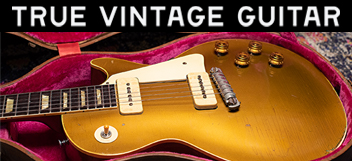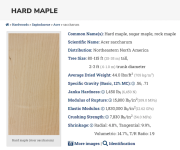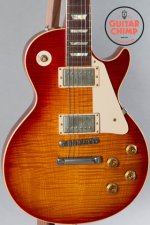Heya Historic Gibby slingers....
I have a 2008 R8 in plain top in burbon burst which weights 4.3kg or so... it has a good tone comes with burstbuckers... pretty cool guitar...
And now am trying to getta R9 i see online whom it has great top, weights 4.1kg in my opinion it should be good , thou i hope it could have been slightly weightier....
So far its rather in pristine well used condition,it came without cert thou...
So what will i be expecting from its appointments of a 2009 era R9... ie what type of mahogany it has , what kinda maple top etc and what a good R9 tone should i expect from ?
My R8 sound beastly loud acoustically it has a very distinct high mid "quacky" immediate tone....
I have a 2008 R8 in plain top in burbon burst which weights 4.3kg or so... it has a good tone comes with burstbuckers... pretty cool guitar...
And now am trying to getta R9 i see online whom it has great top, weights 4.1kg in my opinion it should be good , thou i hope it could have been slightly weightier....
So far its rather in pristine well used condition,it came without cert thou...
So what will i be expecting from its appointments of a 2009 era R9... ie what type of mahogany it has , what kinda maple top etc and what a good R9 tone should i expect from ?
My R8 sound beastly loud acoustically it has a very distinct high mid "quacky" immediate tone....





